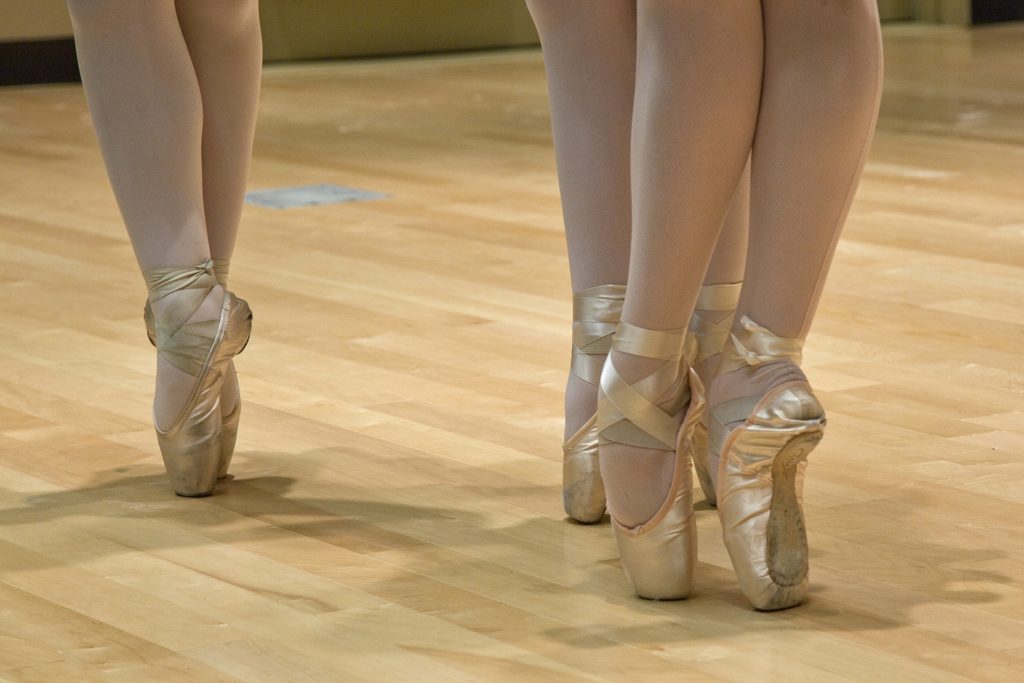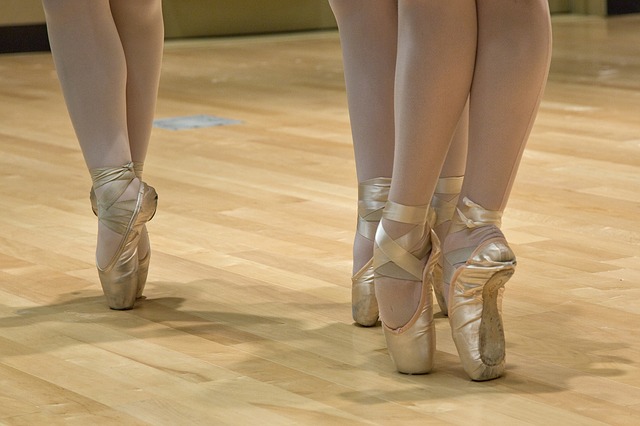Toe Walking – When should I get help?

Parents can’t wait for the moment their child starts walking on their own. It is a sign of achievement and is usually met with great excitement. Sometimes, however, that excitement turns to worry when a child does not walk as the parents expect. One common walking problem is toe-walking or walking on the balls of the feet. Toe walking could be relatively benign (termed “idiopathic toe walking”) or it could be a sign of something more serious.
There are a number of reasons why a child might toe walk. Some of the reasons for toe walking include musculoskeletal or neurological conditions. If your child is walking on his toes and does not have any specific condition that would cause the toe-walking then he has what is known as idiopathic toe walking. Fortunately, most cases of toe-walking are idiopathic in nature and might not need any specialized treatment.
Idiopathic toe walking is the most common diagnosis for toe walking. It is defined as a gait pattern with no contact between the heels and floor after the age of three. Studies have shown that the majority of idiopathic toe walkers will begin to walk normally between 5 and 6 years of age without the need for treatment. There are a number of theories given for idiopathic toe walking although none are proven. We do know it is more common among children with neurodevelopmental disorders (such as autism, sensory processing disorder, and ADHD).
If your child is unable to walk with a heel-to-toe pattern when prompted before three years old or is toe walking after three years old you should seek medical attention. If toe-walking is from a musculoskeletal or a neurological condition it is better to start treatment as soon as possible. Treatment might consist of physical therapy, bracing, surgery or a combination of each. If the toe walking is idiopathic the treatment can be as simple as observation.
If physical therapy is recommended, treatment might consist of stretching the tight Achilles tendon, strengthening of the muscles in front of the ankle, “core” strengthening, proprioceptive, and balance exercises. Other strategies used might include taping and footwear assessment and recommendations.
Dr. Jay Semel PT, DPT is a pediatric physical therapist, who along with Dr. Joshua Mazalian, run LA Orthopedic and Pediatric Physical Therapy in Encino. You can reach them at info@laoppt.com or check out www.laoppt.com.

